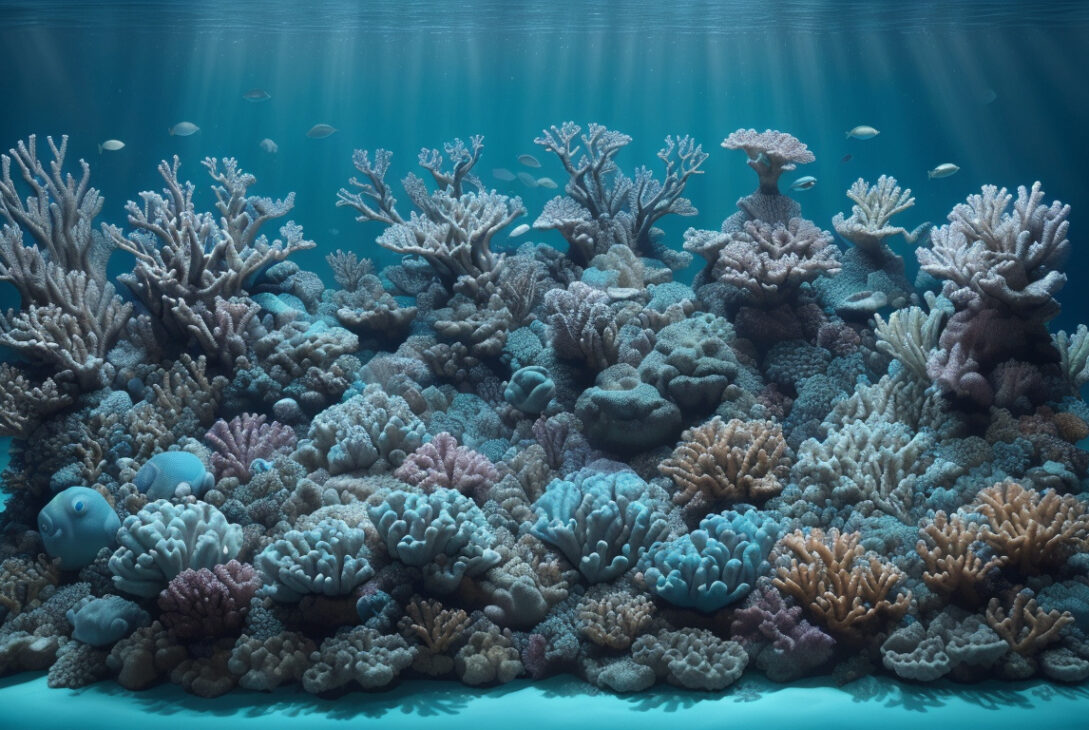How Nuclear Technology is Helping to Fight Seafood Fraud
August 13, 2025
Seafood fraud—a growing challenge affecting consumers and fishers worldwide—is being tackled through an innovative application of nuclear technology, supported by a new initiative backed by the United Nations. This cutting-edge approach aims to protect livelihoods, ensure food safety, and restore consumer trust by guaranteeing the authenticity and traceability of seafood products.
Rising Concern Over Seafood Fraud
Global demand for seafood has soared over the past decades, with per capita consumption doubling since the 1960s and projections indicating it could double again by 2050. Integral to the economies and food security of millions, the fisheries and aquaculture sector employs approximately 62 million people directly, while supporting an estimated 600 million livelihoods worldwide.
However, increasing complexities in seafood supply chains have made it harder to monitor and secure transparency, providing opportunities for deceptive practices. Seafood fraud can take many forms—including the substitution of high-value species with cheaper alternatives and the undisclosed use of additives—posing significant threats to food safety and ethical trade.
Nuclear Science: A New Ally Against Fraud
In response to these challenges, the Food and Agriculture Organization (FAO) and the International Atomic Energy Agency (IAEA) have joined forces. Through the Joint FAO/IAEA Centre of Nuclear Techniques in Food and Agriculture, the IAEA has launched a five-year coordinated research project designed to strengthen national food control systems and thwart seafood fraud.
This initiative leverages nuclear and related scientific methods to build countries’ capacities in verifying the authenticity of seafood products. As Debashish Mazumder of the Australian Nuclear Science and Technology Organization highlighted, “This IAEA project provides Member States with a valuable opportunity to collaborate in combating fraud and de-risking the seafood supply chain using robust nuclear science-based tools.”
How Nuclear Techniques Work
Central to this effort is the use of stable isotope ratio analysis, a powerful nuclear technique. By analyzing light elements such as oxygen isotopes in fish tissue, scientists can accurately determine the geographic origin of seafood. Because the environmental and ecological conditions of the fish’s habitat leave distinct isotopic signatures, these analyses can verify whether seafood was truly wild-caught and authenticate its claimed provenance.
The IAEA’s Food Safety and Control Laboratory supports countries in applying these sophisticated nuclear techniques, facilitating safer and more transparent international seafood trade. By enhancing detection capabilities, the technology is bolstering consumer confidence and helping fishermen and aquaculture producers who adhere to sustainable practices.
Protecting Consumers and Sustainable Fisheries
The adoption of nuclear science in combating seafood fraud stands to have broad benefits. It strengthens food safety systems, fosters trust in supply chains, and supports sustainable aquatic resource management—protecting both consumers and the millions of people whose lives and economies depend on fisheries.
As global seafood demand continues to increase, initiatives such as this play a critical role in ensuring that what ends up on our plates is authentic, safe, and responsibly sourced.
For more updates on this and related topics, subscribe to UN News or download the UN News app for iOS and Android.










